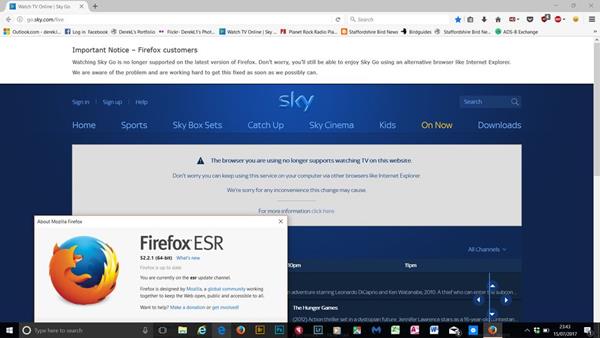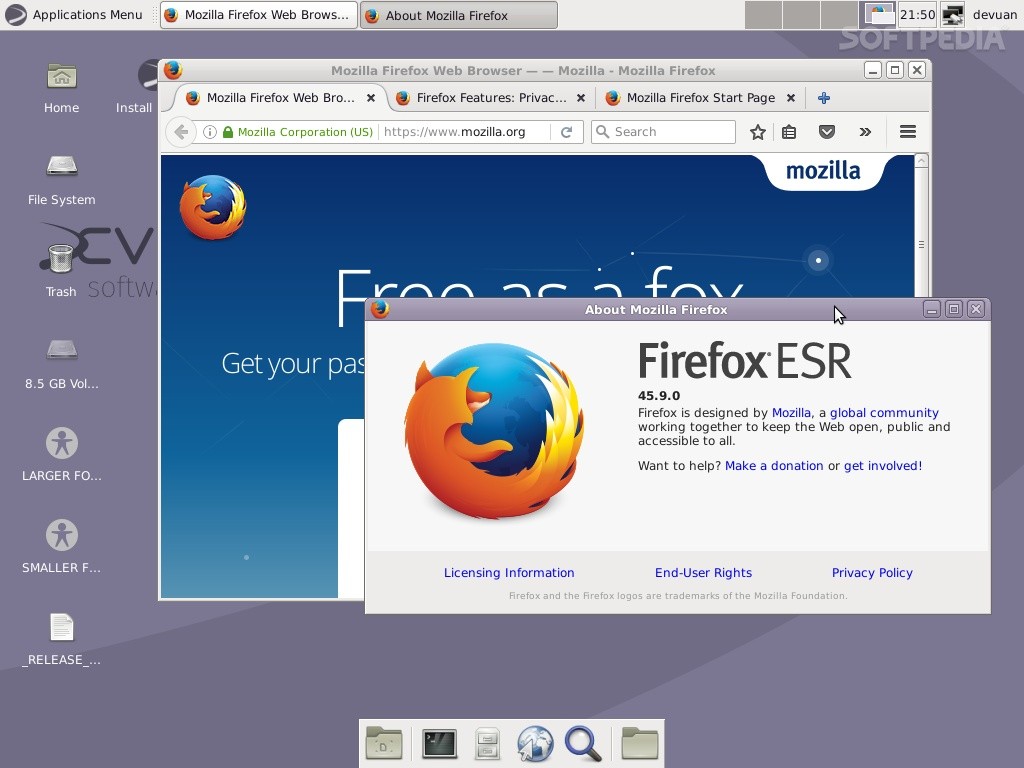
With Firefox 75, Mozilla's web browser has gained support for flatpak, and is available in the Flathub repository.

Firefox esr 10 install#
Option #1: Install the latest stable Firefox (non-ESR) on Debian using the Firefox flatpak package from Flathub Your Firefox-ESR profile will remain on your system, and it will be loaded if you run Firefox ESR, but it won't be used by the regular Firefox version. It's worth noting that the regular Firefox (non-ESR) will use a new, separate profile.

This article presents 2 3 ways of installing the latest non-ESR Firefox on Debian Stable (Buster) or Testing (Bullseye): from Flatpak / Flathub (available with Firefox 75 this was added to the article in a later edit), installing it from the Debian Unstable repositories (with apt pinning and instructions to revert the changes in case you need it) or manually downloading and including Firefox in the applications menu.Īt the time I'm writing this article, the latest Firefox ESR is version 68 (68.2), while the latest regular Firefox release is at version 71. During the extended cycle, no new features are added to Firefox ESR, with only high-risk / high-impact security vulnerabilities or major stability issues being fixed.Īs such, Firefox ESR is primarily intended at organizations like universities, governments or businesses, as well as individuals who prefer stability to features, and a non-changing user interface between releases.
Firefox esr 10 how to#
This article explains how to install the latest Firefox (stable but non-ESR) on Debian Stable (Buster) or Testing (Bullseye).įirefox ESR, or Extended Support Release, is an official version of Firefox that's focused on security and stability instead of the latest features. However, as we've seen with other Microsoft security features such as antivirus and malware removal tools, the removal of the ESR feature is not likely to have a major impact on the overall security of your PC.Debian Stable and Testing only have Firefox-ESR in their repositories. The removal of the feature is likely due to fears that the feature would render Firefox useless on Windows, as well as fears that Microsoft could take advantage of the removal to gain backdoor functionality through the ESR code. So is it a bad thing that Firefox ESR is being removed from Windows? The short answer is no, not necessarily because the feature works just as well as Firefox for Linux, as demonstrated by the large number of users who continue to use this web browser.
Firefox esr 10 windows#
As a result, many users are finding that they can continue to use Firefox while maintaining the security of their Windows systems. Fortunately, Firefox works well under Linux and has a much larger community than Microsoft does. Many users have migrated from the Windows platform in search of a better web browser. While Firefox for Windows may have been axed, Firefox for Linux still enjoys a large user base. It appears that Microsoft, being pressured by their competitors, will find another way to remove Firefox from Windows. Mozilla has challenged Microsoft to explain why they would remove one of their favorite browsers, while at the same time providing a path to allow Firefox users to continue to use Firefox on their Windows computers. As is typical with these Microsoft moves, this is primarily a consumer move. This follows up on the announcement of their Removal of Internet Explorer from Windows XP, which left many users unable to run Internet Explorer on their new operating system.

Microsoft has announced that they are removing the Firefox ESR as a supported browser for Microsoft's Windows operating system.


 0 kommentar(er)
0 kommentar(er)
